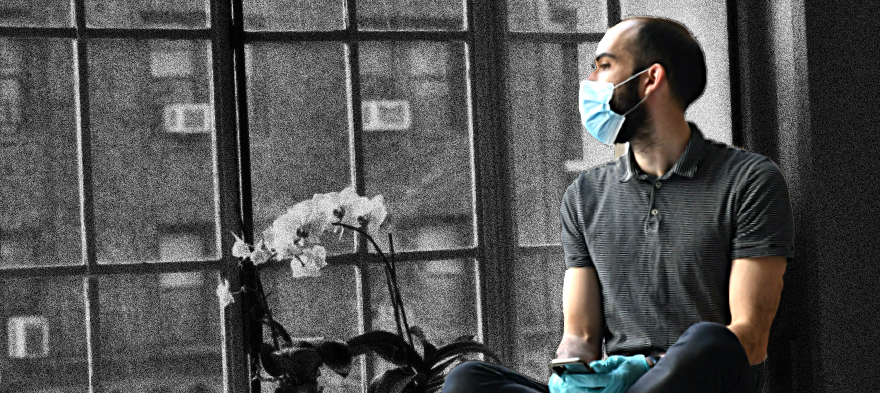
Jul 14, 2020 12:03:00 PM
I’m afraid of COVID-19. So are you. And so is everyone else. Fear is the only rational response given the current pandemic. Yet fear can be paralyzing and polarizing because we are sometimes scared in different ways.
The problem is that we don’t often articulate the things about which we are afraid, so our fear comes out as anger—ALL CAPS SCREAMING ANGER—that risks fraying the social fabric of our lives.
Evidence suggests that COVID-19 is becoming endemic, a condition that will be present for years to come. [pullquote]If we want to survive this difficult situation, both physically and emotionally, it will behoove us to start any discussion about the coronavirus with an honest statement about what we fear most.[/pullquote] And to recognize that our fear, whatever it may be, is not always shared equally by others.
Which gets us to the thorny problem of schools and universities.
Let’s start with some competing truths that I’ll call “A” and “B.”
A. Social Distancing in Schools
B. Quality of Online Instruction
If one’s primary fear(s) are based on the “A” truths, the obvious solution is to keep kids at home and have virtual classes. It’s hard to conceive that anyone could see the world differently.
If one’s primary fear(s) are based on the “B” truths, the obvious solution is to have kids on campus as much as possible. The ability to do that will vary region by region, and among age groups, but the goal should be in-person instruction.
Educators are not to blame for this conundrum, yet here we are. There are no easy answers, but this I know for certain: [pullquote]whatever solution we choose, some kids will be helped, and some kids will be harmed.[/pullquote] Some families will be helped, and some families will be harmed. Some teachers will be helped, and some teachers will be harmed. In our polarized, all-or-nothing social media climate, that’s important to remember.
It is fully possible that people advocating for virtual instruction and people advocating for in-person instruction (like the American Academy of Pediatrics and the NY Times editors) both care about kids. So perhaps in any future discussions about COVID-19 and schools, we should start by saying what we fear most. And refrain from making judgments about those who see the issue through a different prism.
When we articulate our fear(s), people can feel empathy for us, even if they disagree with our position. And vice-versa. That empathy can eventually lead to the win-win solutions which we desperately need.
I am afraid that if we don’t find a way to thoughtfully express our fears and to acknowledge the legitimate concerns of others, the frayed societal bonds will be almost as deadly as the virus itself. And that’s what scares me most about COVID-19.
Rich Ognibene is the 2008 New York State Teacher of the Year and a member of the National Network of State Teachers of the Year. He teaches chemistry and physics at Fairport High School in Fairport, New York.
Few issues in education spark more tension and debate than standardized testing. Are they a tool for equity or a burden on students? A necessary check on school systems or a flawed measure of...
Charter schools are public schools with a purpose. Operating independently from traditional school districts, they're tuition-free, open to all students, and publicly funded—but with more flexibility...
Despite the benefits of a diverse teaching force, prospective teachers of color fall out of our leaky preparation pipeline at every stage: preparation, hiring, induction, and retention. Here’s what...
Ed Post is the flagship website platform of brightbeam, a 501(c3) network of education activists and influencers demanding a better education and a brighter future for every child.
© 2020-2025 brightbeam. All rights reserved.
Leave a Comment